News
News
ATLAS gets under the hood of the Higgs mechanism
The detection of longitudinally polarised W boson production at the Large Hadron Collider is an important step towards understanding how the primordial electroweak symmetry broke, giving rise to the masses of elementary particles
CERN signs a joint Statement of Intent with Canada
The Statement of Intent between CERN and Canada concerns future planning for large research infrastructure facilities, and novel and advanced techniques and tools
CERN announces artist selected for the Resonance residency
Marion Tampon-Lajarriette has been awarded the inaugural residency of Resonance, a programme run by Arts at CERN in partnership with the Republic and Canton of Geneva and the City of Geneva
The LHC experiment collaborations at CERN receive Breakthrough Prize
The Breakthrough Prize in Fundamental Physics was awarded to the ALICE, ATLAS, CMS and LHCb collaborations during a ceremony held in Los Angeles on 5 April
CMS finds unexpected excess of top quarks
Data from the CMS experiment at CERN’s Large Hadron Collider reveals an intriguing excess of top-quark pairs, hinting at the first observation of a composite particle with unique properties
AEgIS transforms smartphone sensors into an antimatter camera of unprecedented resolution
The AEgIS collaboration, led by a team from the Technical University of Munich, has repurposed smartphone camera sensors to create a detector capable of imaging antiproton annihilations in real time with unprecedented resolution
CERN scientists find evidence of quantum entanglement in sheep
The findings could help to explain the species’ fascinating flocking behaviour
CERN releases report on the feasibility of a possible Future Circular Collider
Released today, a report of a study investigating the project’s feasibility will serve as input for the European Strategy for Particle Physics and be assessed by the CERN Council in the coming months
Symmetry between up and down quarks is more broken than expected
Surprising results from the NA61/SHINE collaboration at CERN show that this so-called isospin asymmetry could point to gaps in physicists’ understanding of how quarks and gluons combine
A new piece in the matter–antimatter puzzle
The LHCb experiment at CERN has revealed a fundamental asymmetry in the behaviour of particles called baryons
